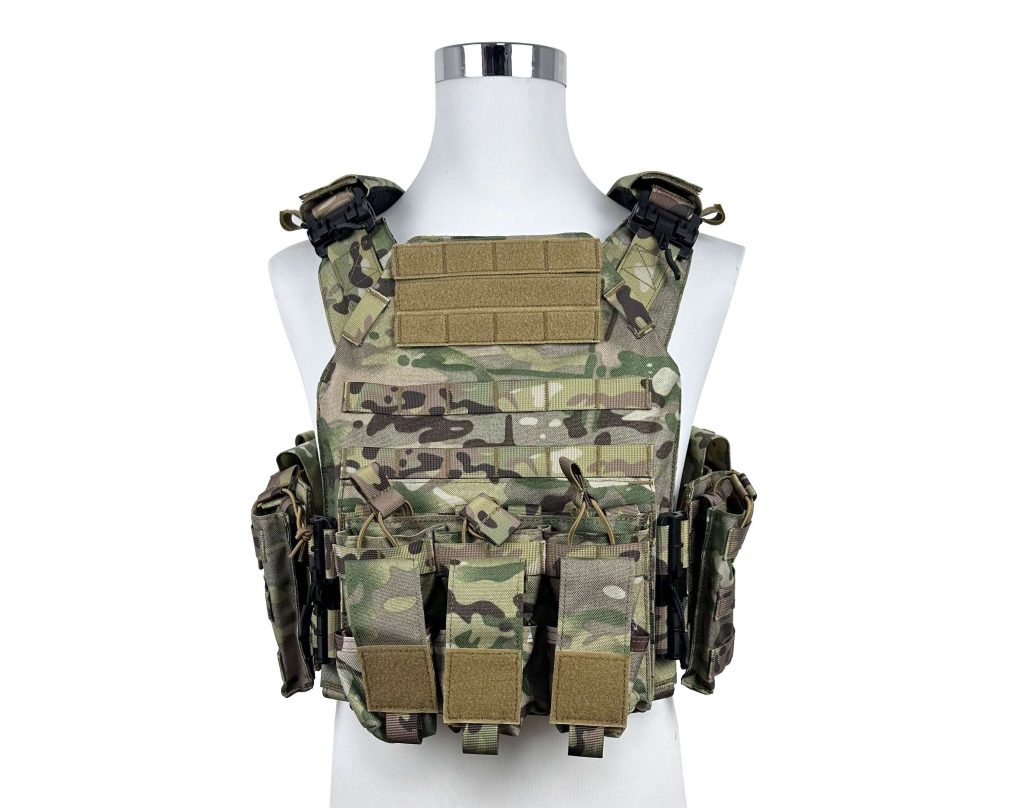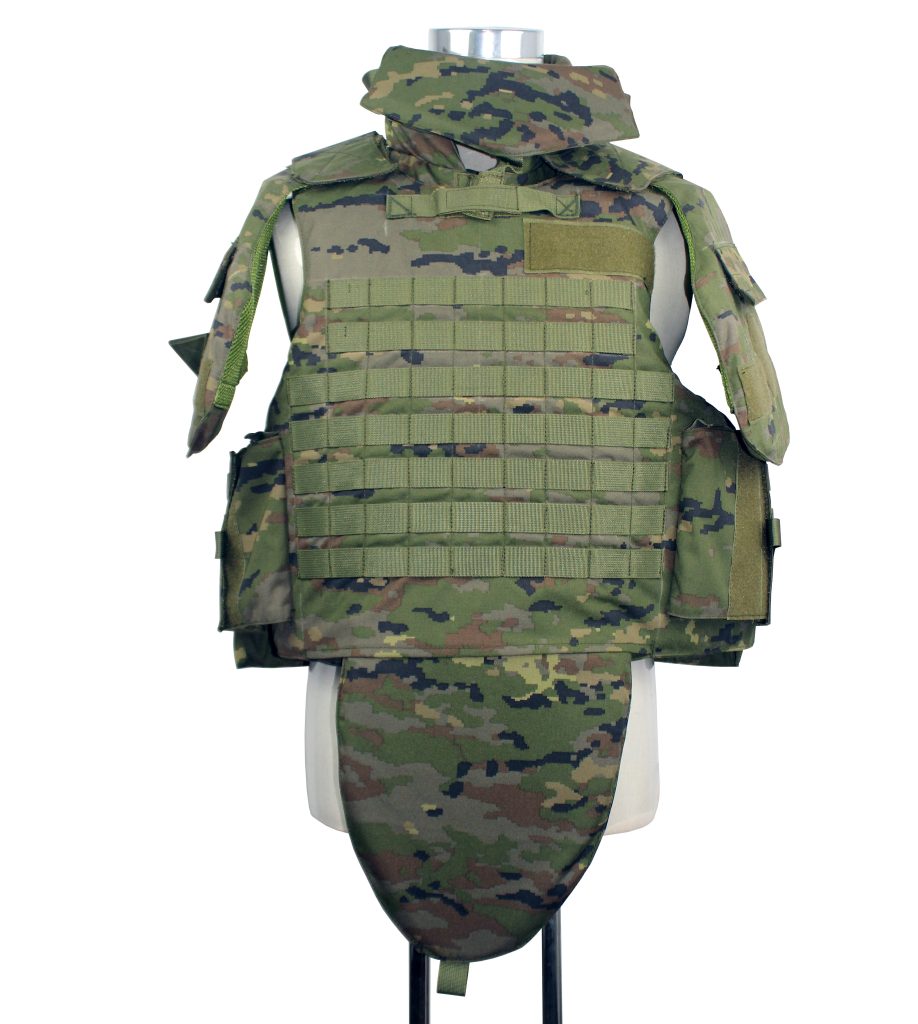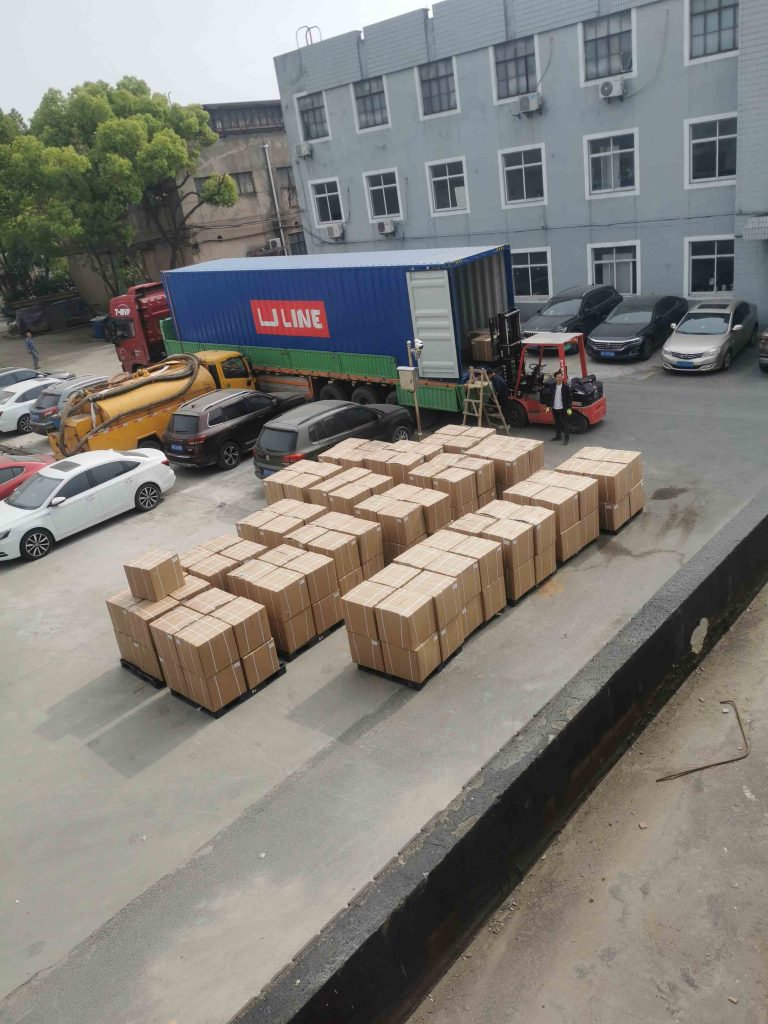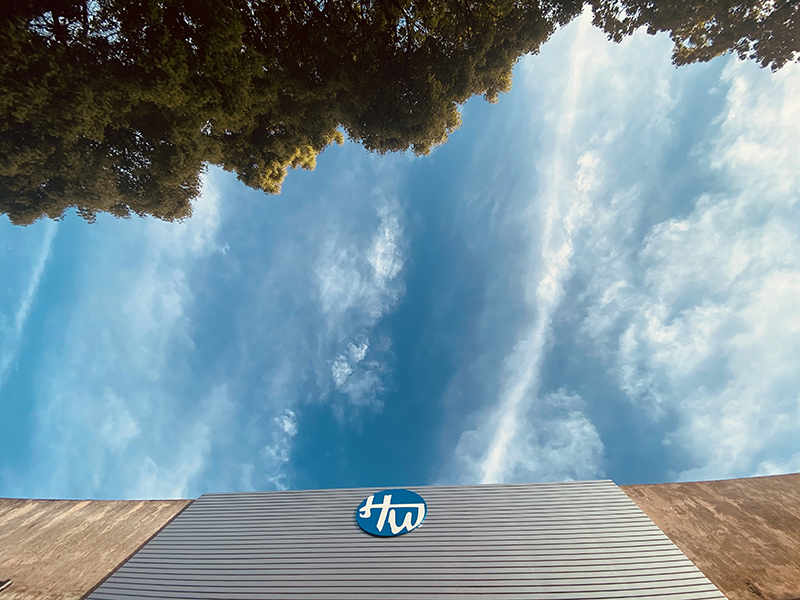From Design to Production: Behind the Scenes of a Tactical Vest Bulletproof Manufacturer
Step into the fascinating world of tactical vest bulletproof manufacturing, where cutting-edge design meets meticulous production. In this behind-the-scenes glimpse, we uncover the intricate process of creating top-of-the-line protective gear that safeguards lives in high-risk situations. From the initial concept to the final product, every step is taken with utmost precision and uncompromising attention to detail. Join us as we delve into the realm of innovative materials, advanced technologies, and expert craftsmanship that go into the creation of these life-saving vests. Discover how the seamless integration of form and function ensures optimal protection without sacrificing comfort. Whether it’s for military personnel, law enforcement agencies, or private security firms, this immersive journey will shed light on the dedication and expertise required to manufacture tactical vests that are both reliable and game-changing. Get ready to witness the artistry and ingenuity behind these essential pieces of gear that redefine safety and empower those who wear them.
The Importance of Quality in Tactical Vests
When it comes to tactical vests, quality is of paramount importance. These vests serve as a crucial line of defense for those working in high-risk environments. The ability to withstand and mitigate the impact of bullets and other threats can mean the difference between life and death. That’s why tactical vest manufacturers place a strong emphasis on ensuring the highest level of quality in their products.
Quality in tactical vests encompasses several aspects. First and foremost, the materials used must be of the highest caliber. From the outer fabric to the bulletproof panels, every component must meet rigorous standards. Additionally, the manufacturing process itself must be executed with precision, leaving no room for errors or shortcuts. Finally, thorough testing and quality control measures are necessary to guarantee that each vest performs as intended.
Manufacturers understand that lives depend on the quality of their products, and they take this responsibility seriously. By maintaining a commitment to quality, they provide peace of mind to those who rely on tactical vests for their safety and protection.

The Design Process of a Tactical Vest
The design process of a tactical vest is a careful and meticulous endeavor. It begins with extensive research and analysis of the specific needs and requirements of the end-users. Whether it’s military personnel, law enforcement agencies, or private security firms, understanding their unique challenges and operational contexts is crucial in creating an effective design.
Once the requirements are established, the design team starts conceptualizing the vest. This involves sketching ideas, creating 3D models, and conducting virtual simulations to assess the vest’s performance and fit. Collaboration between designers, engineers, and end-users is essential during this phase to ensure that the design meets all functional and ergonomic needs.
After the initial design is approved, prototypes are created for further testing and refinement. This iterative process allows for adjustments and improvements based on feedback from real-world testing scenarios. Once the design is finalized, it moves on to the production phase, where skilled craftsmen bring the concept to life.
Materials Used in Manufacturing Tactical Vests
The choice of materials in manufacturing tactical vests is critical to their performance and durability. These vests need to withstand high-velocity impacts while remaining lightweight and comfortable for the wearer. To achieve this balance, manufacturers utilize a combination of advanced materials.
One of the primary materials used in tactical vests is high-strength synthetic fibers, such as Kevlar or Dyneema. These fibers have exceptional tensile strength and are capable of absorbing and dispersing the energy from ballistic impacts. The use of multiple layers of these fibers, along with other reinforcing materials, creates a bulletproof barrier.
In addition to ballistic protection, manufacturers also consider other factors such as water resistance, breathability, and fire retardancy. Coatings and laminates are applied to the outer fabric to enhance these properties, ensuring that the vest can withstand various environmental conditions.
Furthermore, manufacturers are constantly exploring new materials and technologies to improve the performance of tactical vests. From carbon nanotubes to liquid crystal polymers, these innovations push the boundaries of what is possible in protective gear.

Cutting and Sewing: The Production Process
Once the design and materials are finalized, the production process of tactical vests begins. Skilled craftsmen meticulously cut and sew each component, ensuring precision and attention to detail at every step.
The cutting process involves using specialized machinery to precisely cut the ballistic materials according to the vest’s design. This requires expertise and accuracy to achieve the desired shape and size. Once the panels are cut, they are carefully inspected for any imperfections or inconsistencies.
Next, the sewing process begins. Highly skilled seamstresses sew the panels together, using high-strength threads that are capable of withstanding the stress and strain placed on the vest. This is a labor-intensive process that requires a keen eye for detail to maintain the integrity of the vest.
Throughout the production process, quality control measures are implemented to ensure that each vest meets the highest standards. Inspections are carried out at various stages to identify any defects or deviations from the specifications. This rigorous quality control process guarantees that every tactical vest leaving the manufacturing facility is of the utmost quality.
Testing and Quality Control in Bulletproof Vest Manufacturing
Testing and quality control are integral parts of the bulletproof vest manufacturing process. Manufacturers subject their vests to a battery of tests to ensure that they meet or exceed the required standards.
One of the key tests performed is the ballistic test, where the vest is exposed to various types of ammunition at different velocities. This test measures the vest’s ability to stop bullets and prevent them from penetrating the wearer’s body. Additionally, the vest’s ability to distribute the impact energy across its surface is assessed to minimize trauma.
Other tests include stab resistance, where the vest is subjected to sharp objects to evaluate its ability to withstand punctures. Flame resistance tests are also conducted to assess the vest’s ability to resist ignition and prevent the spread of fire.
In addition to these specific tests, manufacturers also conduct extensive durability testing to ensure that the vest can withstand the rigors of regular use. This includes testing for abrasion resistance, tear strength, and colorfastness.
By subjecting their vests to rigorous testing and quality control measures, manufacturers provide assurance to end-users that their products are reliable and capable of delivering the required protection.
Ensuring Comfort and Fit in Tactical Vests
Comfort and fit are crucial aspects of tactical vests. These vests are often worn for extended periods, and they need to provide adequate protection without hindering the wearer’s mobility or causing discomfort.
Manufacturers take several measures to ensure that their vests offer optimal comfort. Ergonomic design principles are applied to distribute the weight of the vest evenly across the wearer’s body, reducing strain and fatigue. Adjustable straps and closures allow for a customized fit, accommodating various body types and sizes.
Additionally, manufacturers incorporate breathable materials and ventilation systems to prevent overheating and promote airflow. Moisture-wicking properties are also integrated into the fabric to keep the wearer dry and comfortable in challenging environments.
The comfort and fit of tactical vests are further enhanced through user feedback and field testing. Manufacturers actively seek input from end-users to identify areas for improvement and make necessary adjustments to future designs. This iterative process ensures that the vests not only provide excellent protection but also offer a superior level of comfort.
Innovations in Bulletproof Vest Manufacturing
Bulletproof vest manufacturing is an area that continually evolves as new technologies and materials emerge. Manufacturers are constantly pushing the boundaries of innovation to create vests that offer enhanced protection and functionality.
One area of innovation is the use of nanotechnology. By incorporating nanomaterials into the vest’s fabric, manufacturers can achieve improved strength, flexibility, and resistance to various threats. Nanofibers and nanocomposites provide enhanced ballistic protection without sacrificing comfort or weight.
Another area of focus is the integration of smart technologies. Manufacturers are exploring the use of sensors and communication systems embedded within the vest to provide real-time data on the wearer’s vital signs, location, and environmental conditions. This information can be invaluable in high-risk situations, enabling better decision-making and coordination.
Moreover, advancements in manufacturing techniques, such as 3D printing, are revolutionizing the production of tactical vests. This technology allows for greater customization and faster production times, while maintaining the highest level of quality.
By embracing these innovations, manufacturers are pushing the boundaries of what is possible in bulletproof vest manufacturing, ultimately providing better protection for those who rely on these essential pieces of gear.
Customization Options for Tactical Vests
Tactical vests are not one-size-fits-all. Different end-users have unique requirements and preferences, and manufacturers strive to accommodate these needs through customization options.
Customization options for tactical vests can include the choice of colors, patterns, and accessories. Law enforcement agencies, for example, may prefer vests that blend seamlessly with their uniforms, while military personnel might opt for camouflage patterns to enhance their concealment.
Additionally, manufacturers can customize the placement and configuration of pouches and pockets to suit specific operational needs. This allows end-users to carry their equipment and accessories in the most efficient and accessible manner.
Furthermore, manufacturers offer a range of sizing options to ensure a proper fit for individuals of all body types and sizes. This customization is essential in maximizing comfort and mobility while maintaining the necessary level of protection.
By offering customization options, manufacturers empower end-users to tailor their vests to their specific requirements, creating a truly personalized piece of protective gear.
The Role of Tactical Vest Manufacturers in Law Enforcement and Military Industries
Tactical vest manufacturers play a vital role in the law enforcement and military industries. Their expertise and dedication to producing high-quality protective gear ensure that those on the front lines have the best possible equipment to carry out their duties safely and effectively.
Manufacturers collaborate closely with law enforcement agencies and military personnel to understand their unique challenges and requirements. By maintaining open lines of communication, manufacturers can continually improve their products to meet the evolving needs of these industries.
Additionally, manufacturers contribute to the advancement of tactical gear technology through research and development. They invest in exploring new materials, testing methodologies, and manufacturing techniques to stay at the forefront of innovation.
Moreover, tactical vest manufacturers often provide comprehensive training and support to end-users. This includes educating them on the proper use and maintenance of the vests, as well as providing assistance with repairs and replacements.
Ultimately, the role of tactical vest manufacturers goes beyond the production of protective gear. They serve as trusted partners to law enforcement agencies and military organizations, working together to enhance the safety and performance of those who protect and serve.
Conclusion
The journey from design to production in the realm of tactical vest bulletproof manufacturing is a testament to the dedication, expertise, and innovation required to create superior protective gear. Manufacturers invest significant resources into ensuring the highest level of quality, from the choice of materials to the execution of the production process. Through rigorous testing and quality control measures, they provide assurance that their vests are reliable and capable of delivering optimal protection.
Comfort and fit are paramount in tactical vests, and manufacturers employ ergonomic design principles and user feedback to create vests that offer superior comfort and customization. Innovations in materials, technologies, and manufacturing techniques push the boundaries of what is possible, resulting in vests that provide enhanced protection and functionality.
Tactical vest manufacturers play a vital role in the law enforcement and military industries, working closely with end-users to meet their unique needs and requirements. They contribute to the advancement of protective gear technology and provide comprehensive training and support.
In the fascinating world of tactical vest bulletproof manufacturing, every step is taken with uncompromising attention to detail, ultimately creating essential pieces of gear that redefine safety and empower those who wear them.


